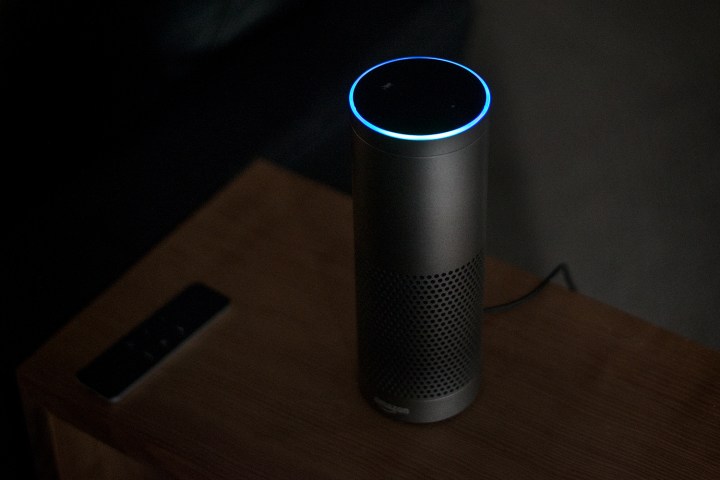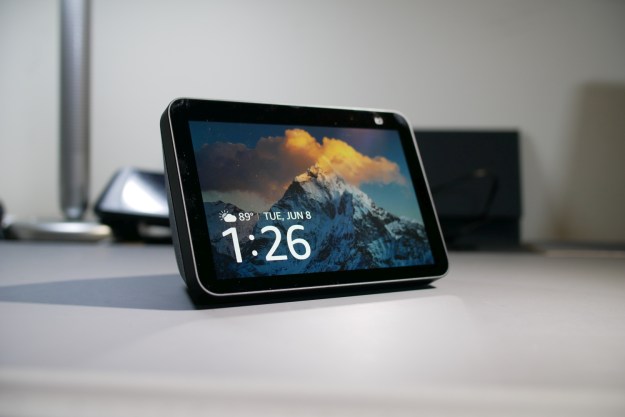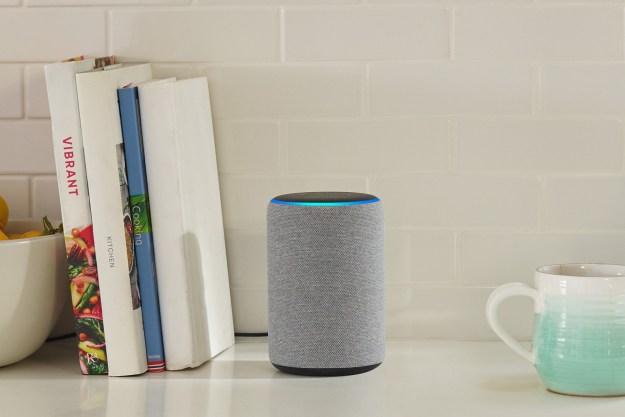
Your Amazon Alexa-enabled devices are about to become even better. A couple years ago, Amazon rolled out a feature called ESP — that’s Echo Spatial Perception, not extrasensory perception (though sometimes, it may feel like the latter). The tech version of ESP ensures that only the Alexa device closest to you responds to your commands, which is a handy tool particularly for those households with multiple Echo devices or smart speakers.
Unfortunately, ESP was not supported by many (in fact most) Alexa-enabled devices. That is, until now. ESP has now moved to the cloud, which offers a number of benefits to developers and users alike.
As Amazon noted in a blog post, “With Cloud ESP, all existing and new Alexa-enabled devices get the ESP feature with no requirement for device-side software changes. Cloud ESP also offers superior accuracy – even in noisy environments – and because Alexa is always getting smarter, the feature will continue to improve over time.”
Most importantly, however, this update means that Alexa-enabled devices — whether they’re from the Echo line or from a third-party developer — will be able to work together more effectively in a multi-device situation. No longer should you have multiple Alexas answering your question at once. What a relief that will be.
“Alexa continues to become increasingly integrated with people’s lives as she is enabled across more devices from a range of manufacturers,” said Priya Abani, director of Amazon
There is still one hiccup in the plan, however. While ESP is now available to all Alexa devices, Amazon still hasn’t completely streamlined how several devices may work together beyond the smart assistant. For example, alarms, timers, and reminders are still exclusive to each separate
Editors' Recommendations
- What to know before you enable Alexa Guard
- Google is making Android devices work better together with expanded Fast Pairing
- Amazon fall hardware event: Home robot, flying drone, and new Alexa devices
- How to reset an Alexa device
- Got multiple Alexa devices? Here are are some die-hard features to try


